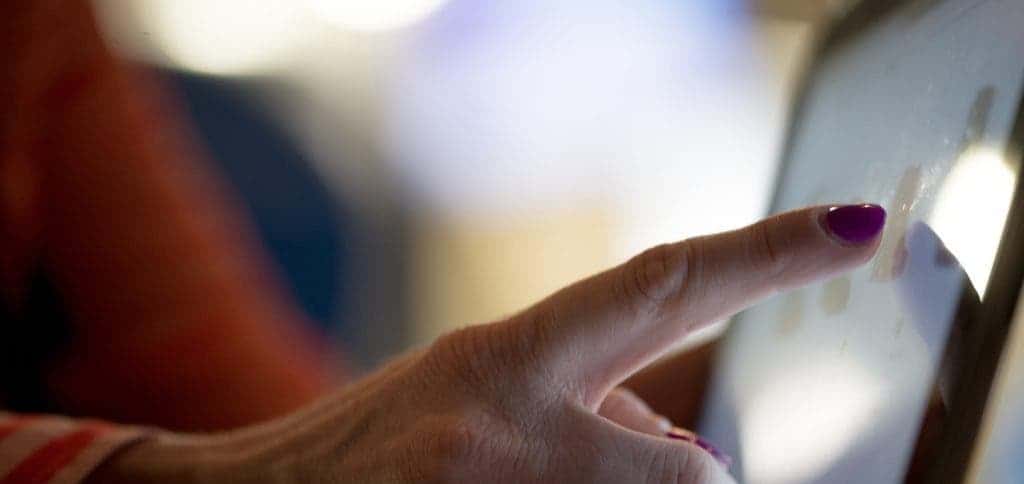It’s things like this that make you feel like we’re living in the future. For patient T6, 2014, it was an amazing year; she got the chance to move from 1980s DOS to modern day Android – literally. She learned how to use a tablet with her brain.

Like millions of other people in the world, T6 suffers from severe paralysis. Some people have it from accidents, some have it from strokes or diseases. She has it from amyotrophic lateral sclerosis (also known as Lou Gehrig’s disease). She retains her wit and love for red lipstick, but her body has mostly stopped listening to her. Communicating with the outside world was extremely complicated.
Technology has advanced to a point where there is hope for people like her; however, while a limited variety of techniques exist, actually enabling paralyzed people to efficiently communicate with the outside world is very complicated and difficult
“We really wanted to move these assisted technologies towards clinical feasibility,” said Dr. Paul Nuyujukian, a neuroengineer and physician from Stanford University, in a talk at the 2015 Society for Neuroscience annual conference that took place this week in Chicago.
With this in mind, they invented what they call a neural prosthetic: it acts like a bridge, allowing her brain to communicate with a device such as a tablet. They installed a tiny chip inside her brain; this chip decodes signals from her brain into sophisticated algorithms that allow her to control a mouse for example. But even this turned out to be very expensive – and Nuyujukian set out to fix that.
Their breakthrough came when they realized that controlling a cursor, from a mental point of view, is very similar to pointing a finger on a screen and moving it around – something that many people do every day, and that is well documented from a mental activity perspective.
“We were going to design our own touchscreen hardware, but then realized the best ones were already on the market, laughed Nuyujukian, so we went on Amazon instead and bought a Nexus 9 tablet.”
They rewired the tablet so that brain waves could control where the touchscreen clicks – the change was surprisingly easy.
“Basically the tablet recognized the prosthetic as a wireless Bluetooth mouse,” explained Nuyujukian. We pointed her to a web browser app and told her to have fun.
The patient found it surprisingly easy to google and browse around – she looked for some information on gardening, taking full advantage of the autocomplete feature. It’s not just a pretty interface – she now has access to the entire Android interface. She is now connected to the web.
According to previous studies, this relatively cheap connection can last at least two years without requiring repair or fixing, and researchers are now working on ways to expand its lifespan. But even for two waves, the achievement is spectacular.
“We set out to utilize what’s already been perfected in terms of the hardware to make the experience more pleasant,” said Nuyujukian. “We’ve now showed that we can expand the scope of our system to a standard tablet.”
They are also working on increasing the capabilities of the user, implementing click-and-drag and multi-touch maneuvers. They also want to expand to other operating systems.
“Our goal is to unlock the full user interface common to general-purpose computers and mobile devices,” said Nuyujukian. “This is a first step towards developing a fully-capable brain-controlled communication and computer interface for restoring function for people with paralysis.”






